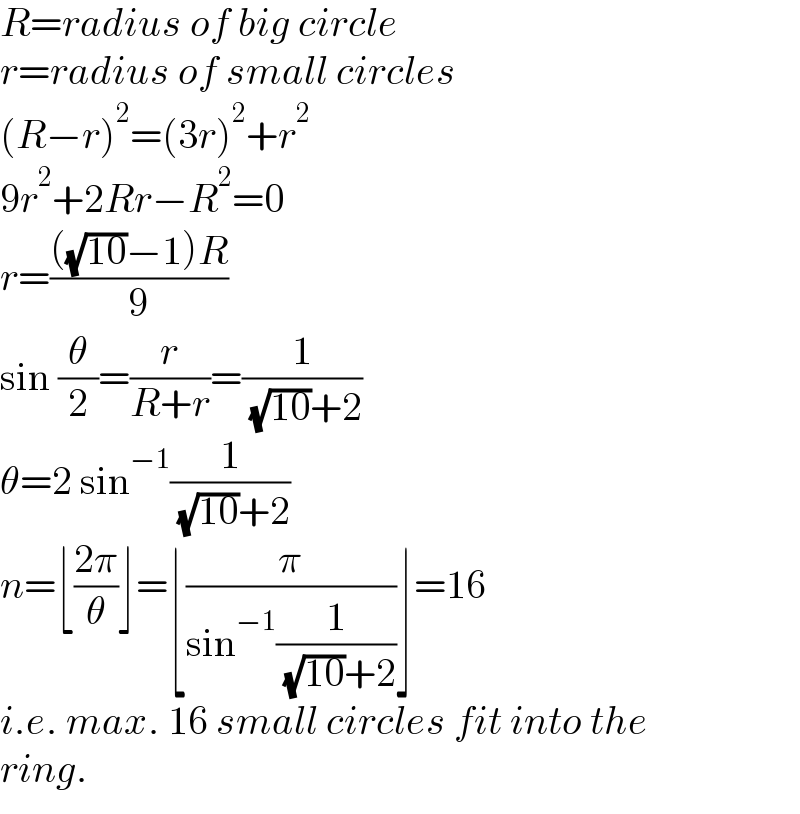
Question and Answers Forum
Question Number 186408 by normans last updated on 04/Feb/23

Answered by mr W last updated on 04/Feb/23

Commented by normans last updated on 04/Feb/23

| ||
Question and Answers Forum | ||
Question Number 186408 by normans last updated on 04/Feb/23 | ||
 | ||
Answered by mr W last updated on 04/Feb/23 | ||
 | ||
| ||
Commented by normans last updated on 04/Feb/23 | ||
 | ||